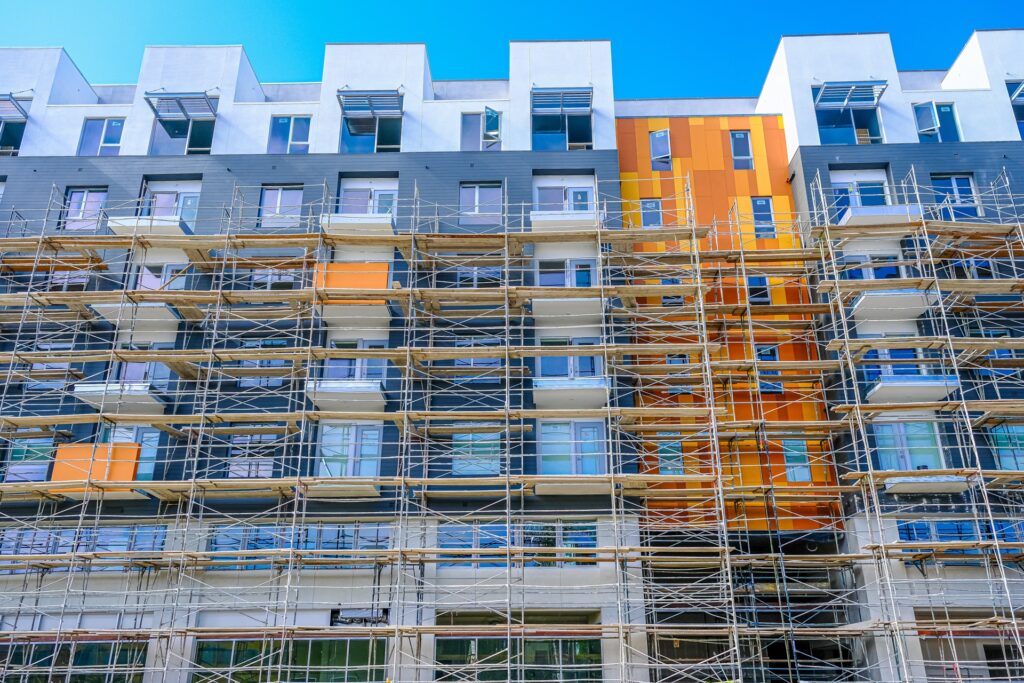When you think about architecture, you probably think about massive skyscrapers, uniquely designed buildings, or structures that appear to defy gravity itself, but building materials often influence all of those designs. Many buildings are often composed of simple, basic materials, but what happens when new architecture materials are developed?
We explore some of the newest materials that are being used in structure and how they’re shaking up the architectural world.
One of the New Architectural Materials: Self-Healing Concrete
Imagine if even if the structural materials in a building degraded they could still “heal” themselves like skin healing from a papercut? That’s become less science fiction and more of reality in recent years as a Dutch company has developed concrete that can actually heal itself through the use of bacteria. The bacteria develop limestone when they are exposed to the outside air due to cracks and plug any cracks before they become problems.
In fact, this kind of technology is already being used in a water treatment plant in the Netherlands and opens the doors for many useful applications.

Nanotechnology That Makes Materials Stronger and Lighter
Going smaller seems to be the biggest trend in new building materials. Nanotechnology, i.e. technology that is so small that it can only be seen with a microscope, is being used to strengthen concrete. Carbon nanotubes combined with ultra-high-strength concrete can make concrete strong enough to endure heavy weight for long periods of time making rebar non-essential.
Because nanotechnology is still so new, there are still many possibilities that are still being explored including finding ways to make materials super lightweight and strengthening materials other than concrete.
Slippery Designs Used in Healthcare Facilities
Hospitals and other care facilities are not easy to properly disinfect, but one new innovation could change that. Researchers are looking into creating a “slippery” material that would be so slippery, bacteria wouldn’t be able to stay on it.
Because this material would be so slippery, other things like dust, ice, and even graffiti wouldn’t be able to stay on it, making it incredibly useful outside of the health field.
While many of these materials are only in the infancy, it’s encouraging to see that even basic building materials can be built better themselves.

